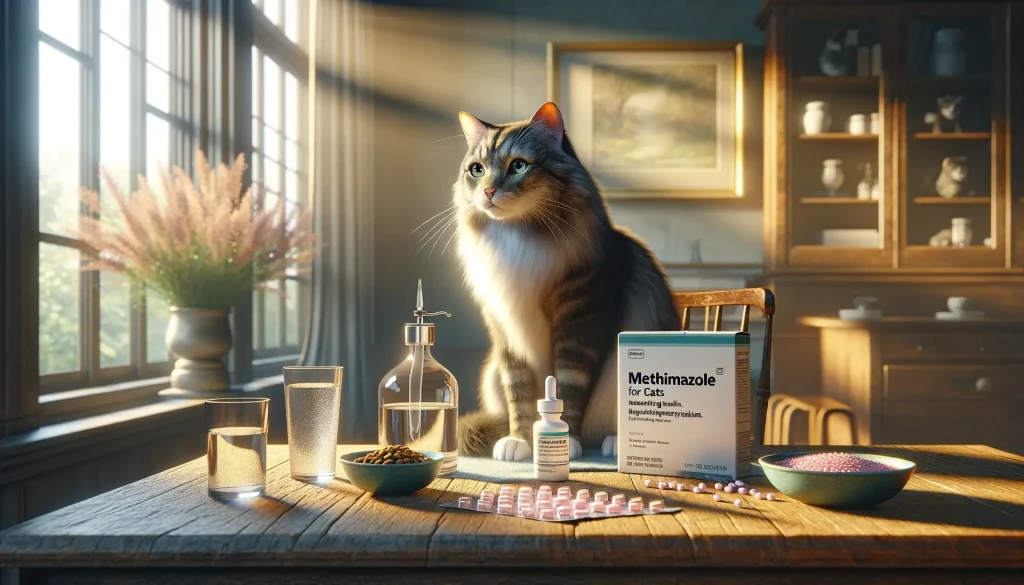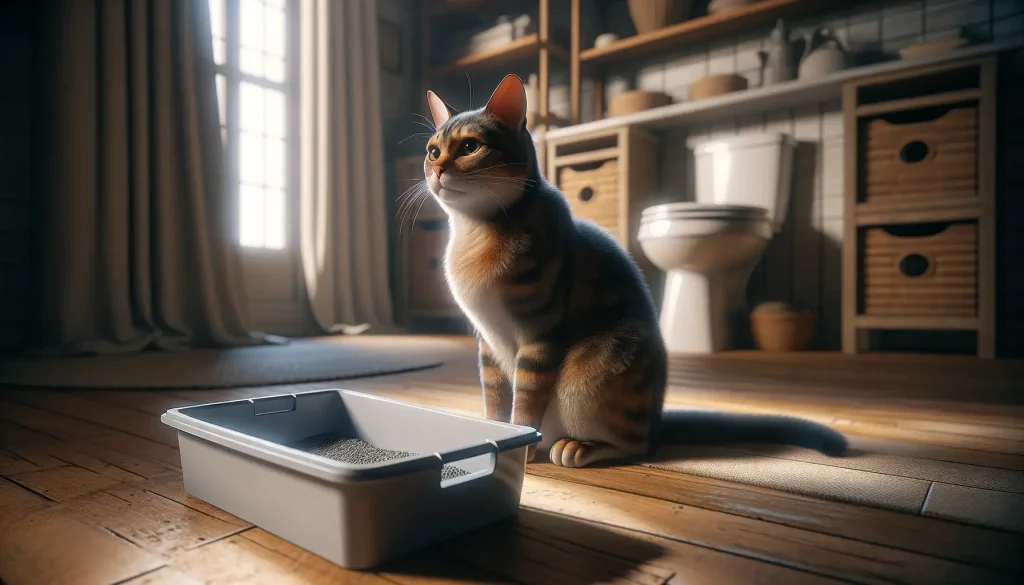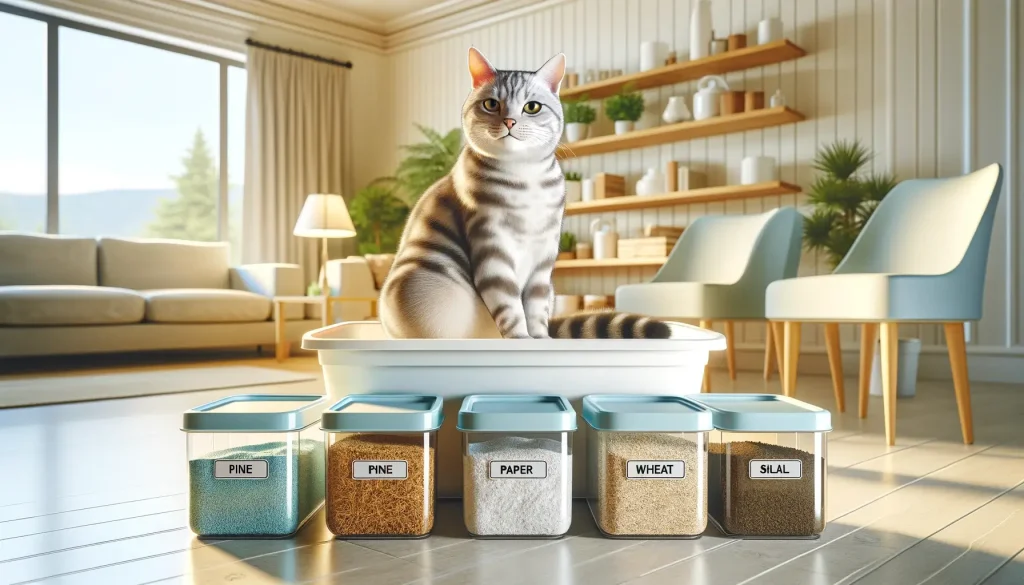
Cat Litter Allergy Signs and How to Help
Many think allergic reactions are a human-only issue, but that’s not true. Our feline friends can suffer too, especially from something as everyday as cat litter. If you’ve noticed your cat sneezing more than usual, scratching excessively, or showing signs of discomfort around their litter box, it might not just be pickiness; it could be an allergy to their cat litter. Dusty and scented cat litters are the usual suspects, often leading to a range of symptoms from itchy skin to runny noses. Given how much time cats spend in their litter boxes, it’s essential to identify and address these allergies swiftly.
Identifying an allergen, like cat litter, involves observing your pet’s reactions and symptoms, which can include sneezing, coughing or wheezing, red or watery eyes, puffy faces, and more. Such reactions may point to a litter allergy, particularly if your cat’s symptoms improve when avoiding the litter box. But what should you do if you suspect your kitty is suffering from a litter allergy?
Addressing a cat litter allergy starts with understanding the signs and knowing when to seek veterinary advice. Moving forward, alternative litter options such as dust-free and fragrance-free litters can significantly ease your cat’s symptoms. But how can you choose the right type of litter to keep your allergic cat comfortable and healthy?
Best Litter for Allergy-Prone Cats
When your cat starts showing signs of a litter allergy, it’s vital to switch to a more suitable type. Dust-free and fragrance-free cat litters are popular choices among pet owners with allergic cats. These alternatives aim to minimize the allergens that provoke symptoms like sneezing and itchy skin. But how do you know which litter will be the best fit for your furry friend?
First, consider hypoallergenic litters, such as those made from silica gel. These litters are designed to keep irritants to a minimum, offering relief for allergy sufferers. Another excellent choice can be natural litters made from materials like pine, paper, or wheat. These not only control odors naturally but also tend to be less irritating for sensitive cats.
Here’s a quick guide to selecting a compatible litter for your allergic cat:
- Check for dust-free labels: Litters that generate less dust can significantly reduce airborne irritants.
- Opt for unscented litters: Fragrances add unnecessary chemicals that can trigger allergies.
- Explore natural and biodegradable options: These litters are often gentler on your cat’s respiratory system.
Changing your cat’s litter isn’t just about trial and error. Pay close attention to how they respond to the new litter. If you notice an improvement in their symptoms, you’re on the right track. However, if your cat’s symptoms persist or worsen, it’s crucial to consult a veterinarian for further advice and intervention. Remember, managing your cat’s environment is key to their health and happiness.
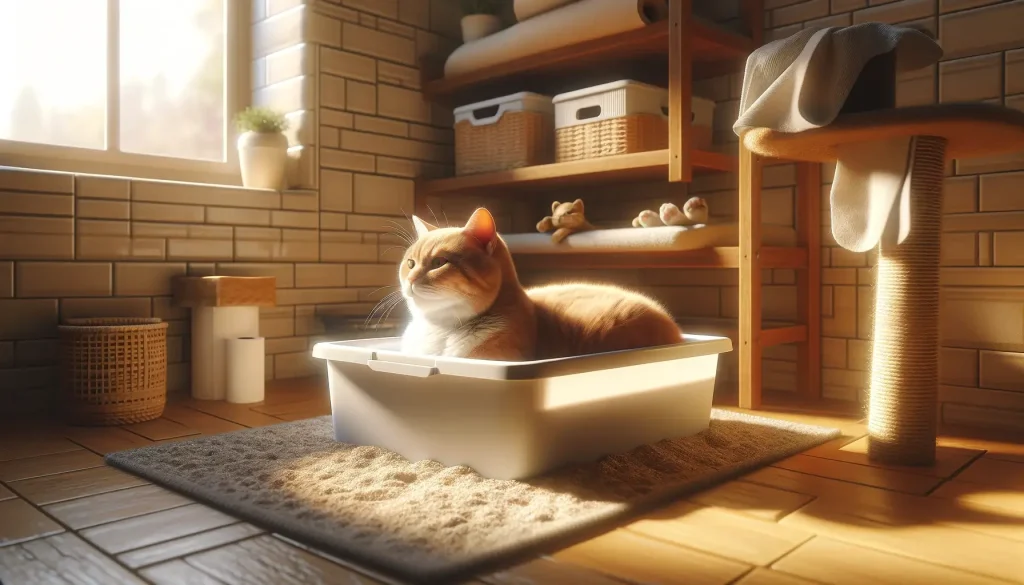
Home Care Tips and Vet Visits
Caring for a cat with a litter allergy? It involves smart choices and sometimes, a vet’s expertise. Knowing what you can do at home and recognizing when it’s time to visit the vet can make a big difference. Let’s dive into both aspects.
At-Home Solutions for Cats with Litter Allergies
Finding the right cat litter is step one. Go for dust-free and unscented litter options. Litters made from silica gel, pine, paper, or wheat are excellent starts. They’re gentler on your cat’s nose and paws. Plus, these options produce fewer airborne irritants that could provoke your cat’s allergies.
Regularly cleaning the litter box is also crucial. It minimizes the potential allergens that linger in your cat’s environment. Aim for daily scooping and a complete litter change and box wash every week.
When to Consult a Veterinarian
If your cat’s symptoms persist or escalate — think constant sneezing, itchy skin, or a runny nose — it’s time to call the vet. These may be signs of a more serious condition or indicate that the allergy is not managed effectively.
A veterinarian can run tests to conclusively determine if cat litter is the allergen causing trouble. They might suggest allergy medications or special treatments to provide relief. In some cases, a hypoallergenic diet, in addition to changing the type of litter, might be recommended.
The goal is always to ensure your cat’s comfort and health. While choosing hypoallergenic, dust-free, and fragrance-free litter options can greatly help, some situations require professional input. Don’t hesitate to seek that help if needed. Your kitty’s well-being is worth it.
Prevent Future Flare-Ups
Preventing cat litter allergies begins with smart choices today. Your choices can impact your cat’s health. Here’s how to prevent future issues:
- Opt for hypoallergenic litter: Choose litters designed to minimize allergens. Silica gel, paper, or natural materials are great starts.
- Go dust-free and unscented: Avoid litters that kick up dust or are heavily perfumed. These can irritate your cat’s airways and skin.
- Monitor your cat’s health: After switching litters, keep an eye on your cat. Look for positive or negative reactions to the new litter.
- Regularly clean the litter box: A clean box can prevent allergen buildup. Scoop daily and fully change the litter weekly.
- Consult the vet regularly: Regular check-ups can catch allergies early. If issues arise, you’re already one step ahead.
Switching your cat to a low-allergen litter and maintaining a clean, healthy environment are key steps. Break the cycle of allergic reactions by selecting the right litter and staying vigilant about box cleanliness. If signs of allergy persist, a veterinary visit is crucial for further advice. Remember, your choices today can ensure your furry friend’s comfort and health tomorrow.
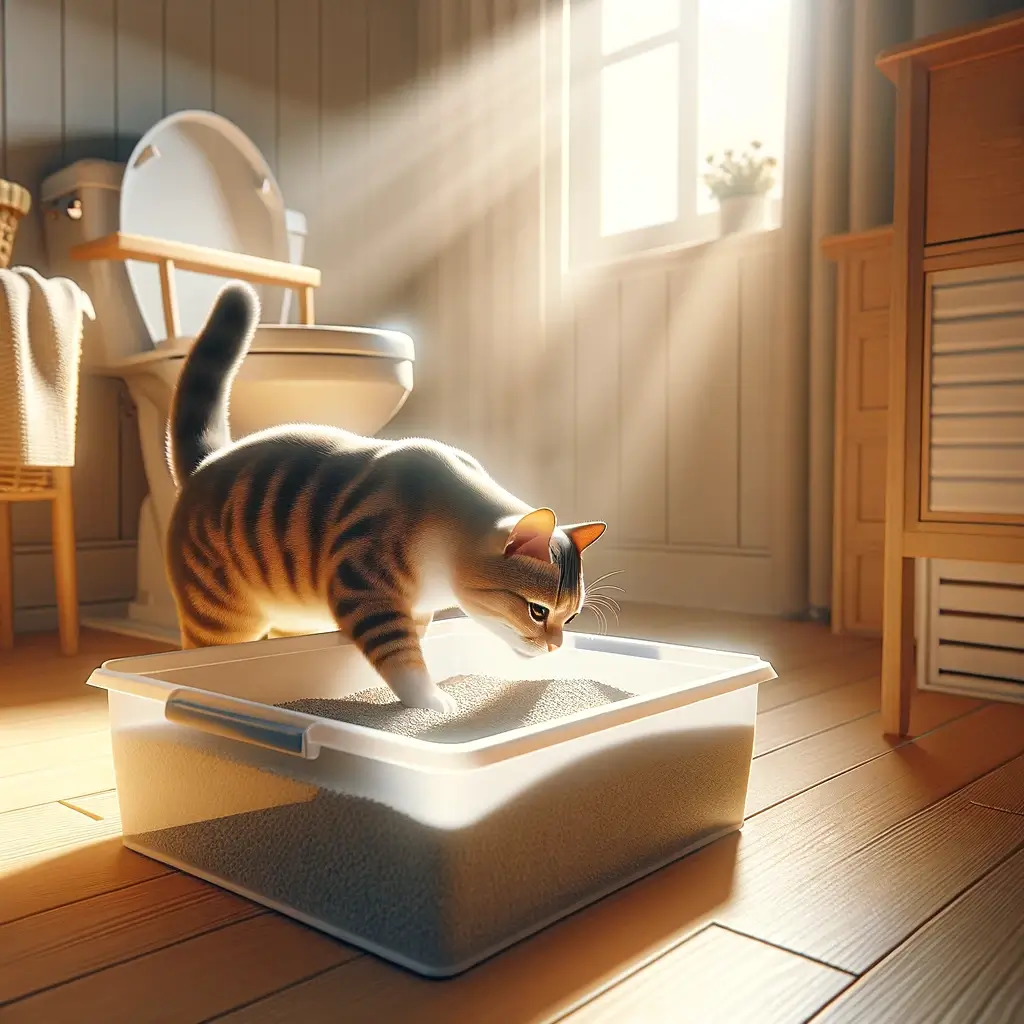

Selecting Hypoallergenic Cat Litter
Cat allergies to litter are not new, but answers are clearer today. If your cat is sneezing, avoiding their box, or showing signs of discomfort, a litter change might be overdue. The right hypoallergenic cat litter can help your pet breathe easy and stay comfortable. Here’s what you need to know.
Opting for hypoallergenic litter can be a game-changer. These litters cut down on the allergens that trigger reactions in sensitive cats. But which materials count as hypoallergenic? Silica gel, paper, and natural sources like pine or wheat make excellent bases for hypoallergenic litters. They’re effective at odor control and minimize irritants that can cause your cat discomfort.
Dust-free options are a must. Dust can bother both you and your cat, worsening allergic symptoms. Litters labeled as “dust-free” produce fewer airborne particles, making breathing easier for your cat. These litters also tend to be softer on your cat’s paws, an added comfort for animals already dealing with irritation.
Unscented litters play a critical role too. Perfumes and chemicals added to some litters to mask odors can actually make allergies worse. Choosing an unscented variety can prevent this issue, removing one more potential allergen from your cat’s environment.
Change is not always instant. After switching litters, monitor your cat’s symptoms closely. Improvement in sneezing, coughing, or skin conditions indicates you’ve made the right choice. Should symptoms persist, consult your vet as your cat might be reacting to another allergy or requires more specific treatment.
Making the switch to hypoallergenic, dust-free, and unscented litters can do wonders for a cat with litter allergies. By reducing irritants in their environment, you’re not just making their litter box visits more pleasant; you’re enhancing their overall quality of life. Always remember to watch for your cat’s reaction to the new litter and consult with a vet for persistent issues.

Litter Box Hygiene Habits
Maintaining a clean and healthy litter box is crucial for cats, especially those with allergies. A well-kept litter box doesn’t just make for a happier cat; it can significantly reduce the risk of allergic reactions. Here’s a look at why litter box hygiene is non-negotiable and how to keep things tidy.
Regular scooping is the first line of defense against allergens. Removing waste daily prevents the buildup of ammonia and other irritants that can trigger allergies. It also keeps the litter fresher for longer, reducing the need for frequent complete changes.
Weekly washes of the litter box with mild soap and water eliminate lingering allergens and bacteria. This step is often overlooked but is vital for a truly clean litter environment. Avoid strong chemicals or scented cleaners, as these can introduce new allergens into your cat’s space.
Choosing the right litter mat can also make a difference. A good mat catches litter particles from your cat’s paws, reducing the spread of dust and allergens outside the box. Plus, it makes for easier cleanup around the litter area.
Finally, consider the location of your cat’s litter box. Placing it in a well–ventilated area can help minimize dust and allergen accumulation, providing a healthier environment for both you and your cat.
By adopting these hygiene habits, you’re not just preventing potential litter allergies; you’re also contributing to your cat’s overall well-being. A clean litter box supports a happy, healthy cat, making it a key practice in pet care.
Beginner Guide to Raising Quail at Home
What are the Signs of a Dog Concussion?
What Causes Your Dog’s Ears to Smell Bad?
When your dog’s ears start to emit an unpleasant odor, it might leave you puzzled…
Methimazole Treatment for Cat Hyperthyroidism
Methimazole plays a crucial role in managing feline hyperthyroidism, a condition marked by an overactive…
Got Hummingbirds in your Backyard? Here’s How to Care for Them.
Why Does Your Cat Pee Outside the Litter Box?
Cat’s Litter Box Issues It’s not uncommon for cat owners to face the frustrating dilemma…



